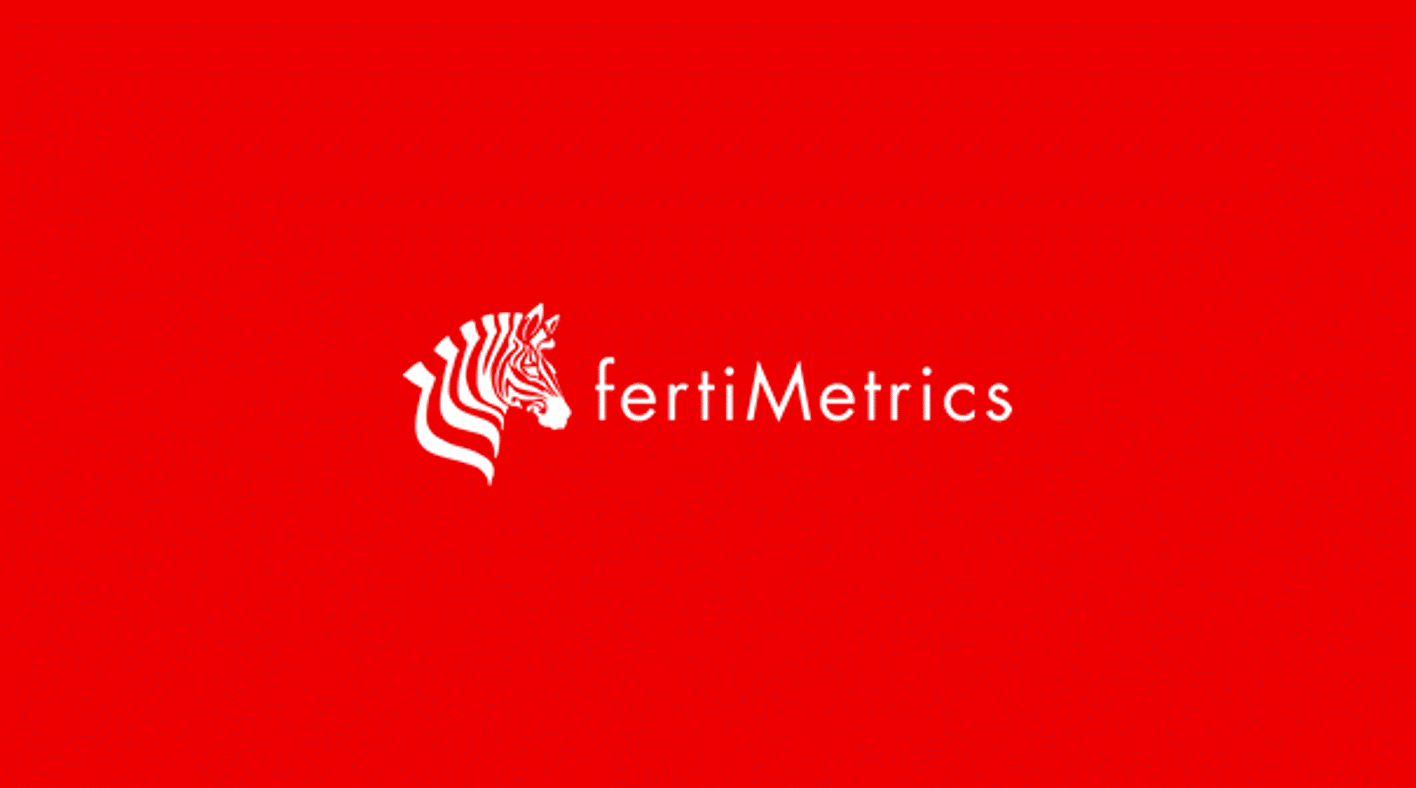Insight Focus
- China stop export inspections on processed phosphates with immediate effect
- Global potash markets are dormant
- Ammonia prices are expected to fall on the back of increased supplies in a seasonally slow market
Following on from the India 1.67 million MT urea awards, the international urea market has not been able to find a footing and prices have been sliding ever since. Demand in major markets in Brazil, Europe and the US has not been evident. Overnight there was a small 8KT granular urea parcel reported sold in northern Brazil at USD 360 PMT CFR which is substantially below what was achieved just a couple of weeks ago at around the USD 390 PMT CFR level. According to local reports, Brazilian farmers have been experiencing bad weather and delayed corn plantings in addition to delays at Brazilian ports up to 15 days and lack of trucks for inland transportation.
Brazil’s import of urea for the period January to October saw a decline of 3.2% at 5.53 million MT vs 5.72 for the same period last year. Imports during the 2021 period was 6.24 million MT. One explanation for this reduction has been substantially increased imports of ammonium sulphate from China.
Compounding the struggles of the urea market to find support, sanctioned Iranian urea prices have come down from the official USD 380 PMT FOB to levels said to be closer to USD 330-340 PMT FOB.
Although China has suspended inspections on larger sales of exports in order to try and stabilize domestic prices thus making CIQ days more than 30 days up from 10-15 days, it has not had any material impact on prices. Small cargo sales to the Philippines and Taiwan this week saw netbacks hit the USD 360s PMT FOB.
Bangladesh will commission a new 924,000 MT urea factory at Narsingdi this weekend lessening import demand accordingly.
Australia imported 2.82 million MT of granular urea for the January to September period, up 12% from the same period last year. The UAE with 660 KT led the pack of Middle East urea producers with Qatar in 2nd place with 609 KT and Saud Arabia with 590 KT followed by Malaysia at 308 KT.
The announcement by the Chinese National Development and Reform Commission (NDRC) to suspend export inspections for DAP and MAP with immediate effect through a curveball on the global processed phosphate industry. The market had been expecting that China would enter the 4th quarter 2023 with 1 million MT of fresh DAP exports and a combined MAP and TSP of 500 KT export. However, in an already tight market, this could lead to even more tightness but with India demand expected to slow due to the government of India slashing subsidies by 31%, this could provide the offset. India has been countering overseas suppliers at USD 490 PMT CFR vs the last price of USD 595 PMT CFR. Moreover, OCP of Morocco has had its export tariffs to the US market slashed and it is expected that processed phosphates from Morocco will enter the US market in the northern hemisphere spring. Australia is about to enter procurement of processed phosphate for their spring season next year, thus it will be interesting to see what impact the China announcement will have on prices. Already MAP prices in Brazil have seen an uptick with Russia being the main supplier at this time. Brazil imported 4.313 million MT of MAP for the January to October period vs 3.647 million MT in the same period last year, up 18.3%. Australian imports of MAP to date have been 615 KT vs 869 KT last year, a drop of 29.2%.
The US saw a massive increase in DAP imports for the January to September period of this year at 1.017 million MT vs 394 KT the previous year. MAP imports were 811 KT vs 492 KT the year before.
The global potash market has been slow this week with little or no activity but for several tenders in Indonesia for which there is no details or confirmation of prices. Some indication is that prices would be agreed to at the USD 330 PMT CFR level up from the current assessment of between USD 310-330 PMT CFR.
Granular MAP in Brazil is unchanged at between USD 335-350 PMT CFR with some indication that the price could come down in the weeks following. Sanction potash producer BPC of Belarus is rumored to have agreed a sale of 400 KT of potash to Iran.
The ammonia market has also been slow this week with buyers anticipating prices to come down with increased supplies in a slow moving agricultural and industrial seasonal demand period. Europe’s TTF this week traded at USD 14.39 MMBTU resulting in an equivalent production cost of ammonia in Europe at USD 570 PMT excluding carbon tax. The latest recorded ammonia sale in Europe from Algeria is said to be USD 670 PMT CFR.














